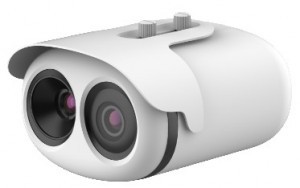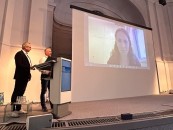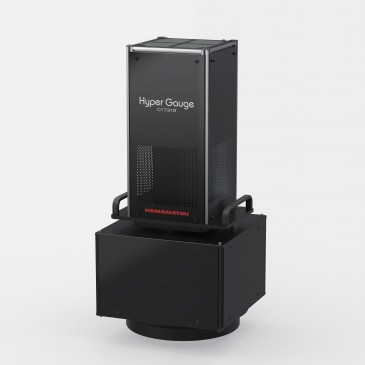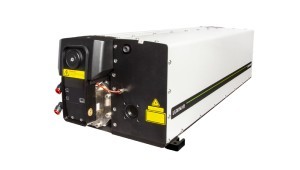
According to the latest report "Thermal Imaging Market by Product (Handheld/Portable Camera, Fixed/Mounted Core, Scopes & Vision Goggles), Technology (Cooled, Uncooled), End-Use (Automotive, Commercial, Government & Defense, Healthcare & Life Science, Industrial, Residential), Application (Detection & Measurement, Monitoring & Inspection, Personal Vision System, Search & Rescue, Security & Surveillance), Regional Outlook, Competitive Market Share & Forecast 2026", by Global Market Insights, Inc., the market valuation of thermal imaging will exceed $16 billion by 2026.
The thermal imaging market is driven by growing demand from several industry verticals such as healthcare, research, engineering, manufacturing, and commercial for security & surveillance and detection & measurement. The increase in infrastructure development projects globally has led to the adoption of advanced techniques for monitoring and inspection purposes. It plays a vital role in the construction of smart cities. Thermal imaging products are deployed in smart traffic management solutions. It tracks temperature differences and analyses the possibilities of temperature difference.
Cooled thermal imaging devices will gain traction due to enhanced sensitivity and high resolution. A modern cooled thermal imaging camera has an imaging sensor integrated with a cryocooler, that lowers the sensor temperature to cryogenic temperatures. These cameras can detect the smallest temperature differences between objects. They can be deployed to produce an image in the MWIR band of the spectrum where the thermal contrast is high. However, cryocoolers have moving parts that may wear out in the long run. This makes uncooled imaging systems more rugged than cooled thermal imagers, due to the absence of cryocoolers. Uncooled imaging solutions are less expensive with lower maintenance costs and enhanced service life.
Modernizing the residential sector demands advanced thermal imaging solutions to track missing insulations and other defects. Infrared thermography evaluates the thermal efficiency of insulation with the performance and condition of cooling & heating systems. Thermal imaging can be used to detect infrastructure problems in aging buildings and construction sites to avoid accidents. The technology has become a vital diagnostic tool for inspecting buildings. A building diagnostic inspection with a thermal imaging camera helps in visualizing energy losses, locating thermal bridges, finding faults in supply lines, finding moisture in insulations, and detecting air infiltration.
The demand for technologically advanced solutions for monitoring and inspecting critical infrastructures will drive the thermal imaging market growth. These cameras are used for mechanical or electrical applications that are non-invasive and powerful for diagnosing and monitoring the condition of the installations and components. The technology offers a reliable and continuous temperature measurement solutions for critical assets to increase the uptime and ensure power plant safety. Thermal imaging can guard a facility against unplanned outages, service interruptions, and equipment failure.




































 Back to News
Back to News

























